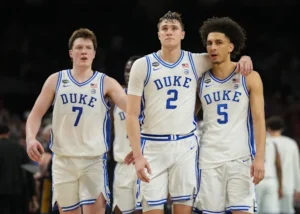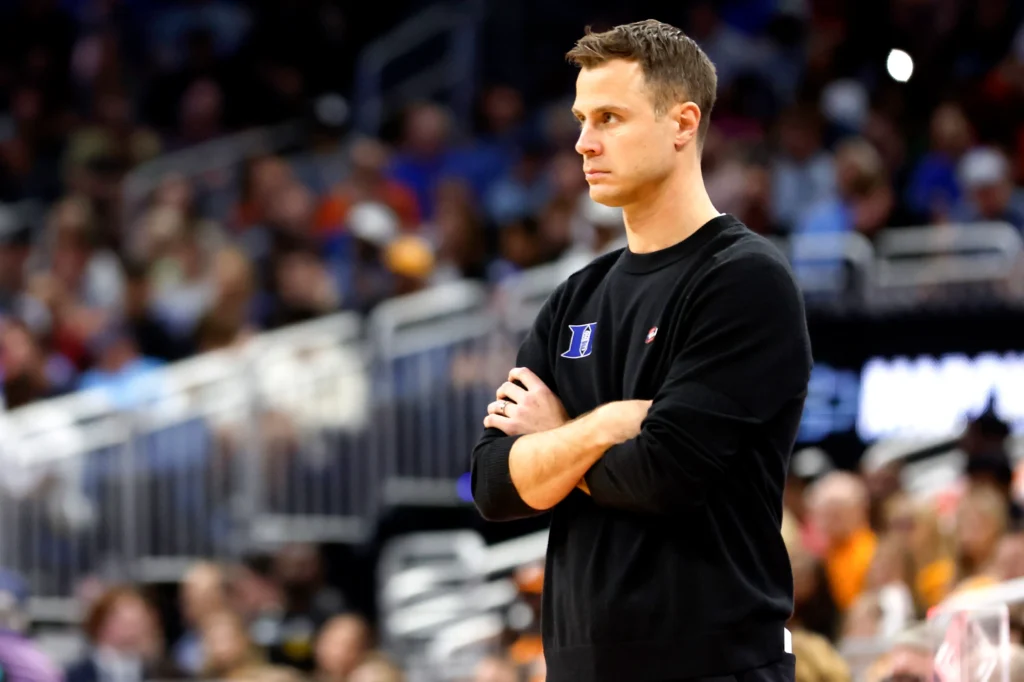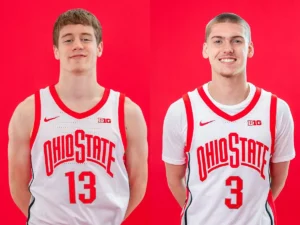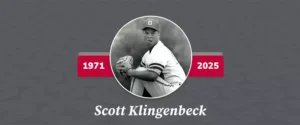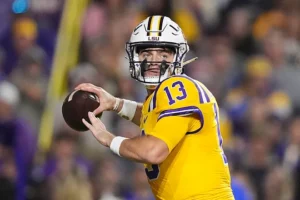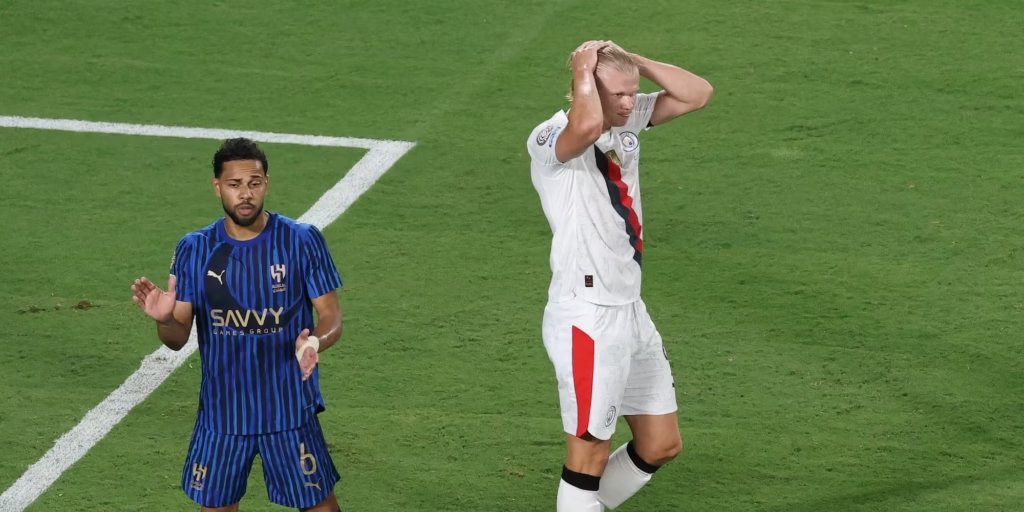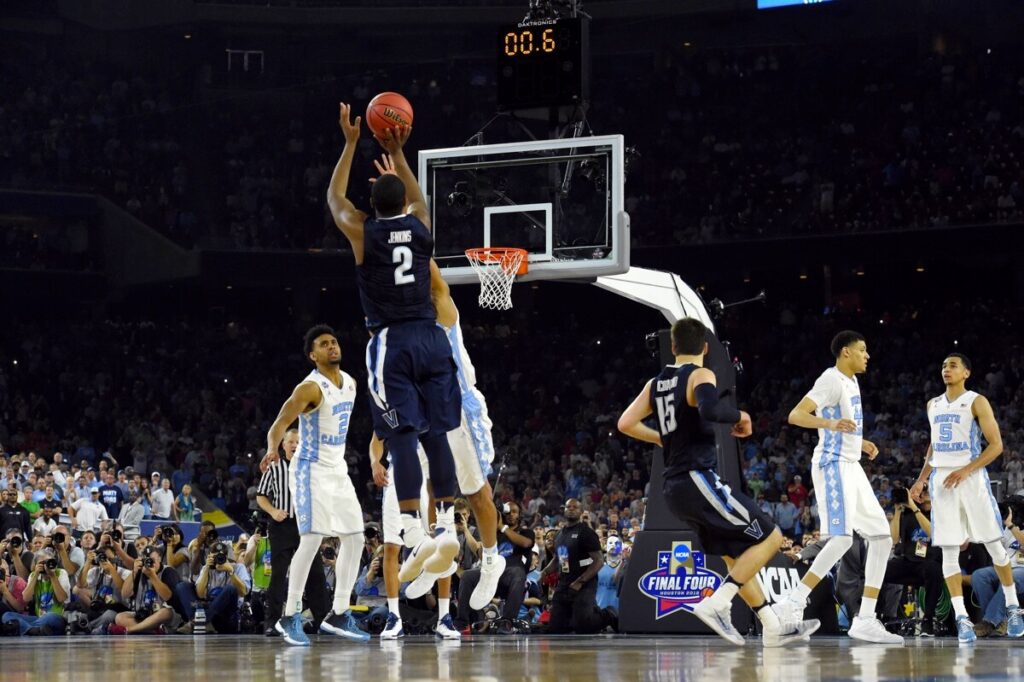
The NCAA tournament, an annual spectacle of overachieving upsets and legendary runs, is equally known for recurring matchups—teams who find themselves facing off again and again in March. Some rivalries echo through decades, and within the sprawling history of the tournament since 1939, certain pairings stand out for their frequency and the drama they provide. This article explores those rivalries: who’s met most often, why they’ve crossed paths repeatedly, and what these matchups have meant to the tapestry of college basketball.
At the top of the list is Kentucky versus Marquette, which has met ten times in NCAA tournament play. That figure stands out in the sea of yearly matchups because of the rarity of meeting an opponent that many times on the big stage. Their first tournament clash dates back to a 1955 Sweet Sixteen contest, where Marquette emerged victorious. Their most recent encounter came in 2008, with Kentucky prevailing in the opening round. Despite the decades in between, this rivalry still resonates, largely due to its even nature: Marquette holds a marginal edge in NCAA matchups, 6–4, and their 2003 Elite Eight meeting showcased Dwyane Wade’s dominance, as he recorded 29 points, 11 assists and 11 rebounds to lift the Golden Eagles. That game remains one of the most iconic individual performances in tournament history.
Right behind them are multiple elite matchups that have occurred seven times each. Duke versus Michigan State is one. First played in 1994, this storied meeting has recurred often enough to claim a spot in the conversation. Duke leads that series 5–2. Those matchups include two Final Four showdowns in 1999 and 2015, both won by Duke, and a 2019 Elite Eight triumph by Michigan State. Each clash has carried dramatic weight and high stakes.
Kansas and North Carolina have met seven times in tournament history as well. Their first was a 1957 national championship game, a triple-overtime epic won by North Carolina, 54–53, over a Wilt Chamberlain–led Kansas squad. More recently, their most significant meeting was in the 2022 national championship, where Kansas reversed the outcome, beating North Carolina 72–69. Kansas has now won five of their last six NCAA matchups, while UNC secured the early rounds.
The drama of rematches is also embodied in the North Carolina versus Villanova rivalry, which has also occurred seven times. Beginning in the early 1980s, Villanova held early dominance—and their 1985 Elite Eight upset en route to their first national title is a cornerstone moment. The matchup hit another peak in 2016, when Villanova edged out UNC in the national championship game. UNC still leads the series 5–2 overall.
A West Coast reflection of rivalry lies in San Francisco versus UCLA, with seven tournament meetings. They first clashed in 1956, during a Sweet Sixteen game immortalized by Bill Russell’s Dons, and met five more times between 1963 and 1979. UCLA has dominated the recent history, winning the last five matchups and claiming national titles in three of those meetings.
Beyond those lead pairings, several other heated rivalries have met six times each. Arkansas–North Carolina met six times between 1990 and 2017. Kentucky–Ohio State has met six times, dating back to 1945 with their most recent meeting in 2011. Kentucky and Utah have met six times in the tournament, from 1993 to 2005. Michigan State and North Carolina have also met six times, spanning from 1957 to 2024. These six-time matchups underscore intersections of power programs over decades.
Even five-time matchups are rich in legacy. Duke–Kansas, Duke–Kentucky, Duke–UConn, Indiana–Kentucky, Indiana–LSU, Kansas–UCLA, and Louisville–UCLA all have histories ripe with barn-burners, classic showdowns, and implication-laden outcomes. Notably, many of these rivalries have appeared on the Final Four stage or higher, adding to their lore.
Several themes emerge from analyzing these repeated matchups. First, they often involve legacy programs—Kentucky, Duke, UNC, Kansas, UCLA—that remain consistent presences in the tournament. Their sustained success means they’re more likely to encounter one another across different eras. Second, conference alignment and seeding patterns can fuel repeated encounters. Teams from the same conference, or those consistently seeded high in the bracket, have a higher likelihood of meeting deeper in the bracket. Third, when two programs become favored partners in high-stakes games, history often repeats itself—common placement in regionals and deep runs align their paths repeatedly.
Kentucky’s record is particularly illustrative. With a staggering six matchups each against Ohio State and Utah, plus five with both Indiana and LSU, the Wildcats exemplify tournament familiarity in differing eras. Their rivalries span conferences and decades, from the Midwest in the 1940s to the modern Big East–seeded showdowns.
Duke’s rivalries, similarly, are etched in Final Four lore. Their five encounters with Kansas—most recently in the 2003 Elite Eight—underscore two bluebloods whose paths cross often near the end. The Duke–Kentucky trilogy in the 1960s to 1990s, Duke–UConn games in the Final Four era, and Duke’s seven games against Michigan State reflect program stability and national consistency.
The Tar Heel experience is equally compelling. UNC’s seven matchups with Kansas and Villanova, plus six with Michigan State, show a program that, more than once, resurfaces deep in the tournament alongside other elite schools.
Significant rivalries also develop between teams that do not share conferences. San Francisco and UCLA represent a time-warped West Coast rivalry, while Marquette and Kentucky reflect Midwest matchups across divisional lines—showing how tournament paths, not conferences, drive rematches.
These repeated meetings also signal moments of high drama. The 1957 Kansas–UNC three-overtime national final remains a cornerstone of college basketball history. The 2003 Marquette–Kentucky showdown saw Dwyane Wade announce himself on the national stage. Villanova and UNC collided again in 2016, defining an era of point guard-led team play. Duke–MSU Final Fours included the Izzo–Coach K dynastic battle. These moments aren’t just games; they’re history.
How did these teams come to be such consistent foes? Scheduling and selection committee philosophy play roles. When unpredictable outcomes shift tournament seeding, programs with similar seeding profiles—say, a 1–4 seed range—often meet again and again. Since 1957, the bracket design has evolved, but consistent region placements still create pathways for repeat tournaments. Dead zones where these power teams cross paths again in regionals, Elite Eights, Final Fours, or championship games—often guided by geography and seeding stability.
Player movement and coaching legacy also factor in. Programs like North Carolina, Duke, and Kansas often reload via top recruits, transferring success from year to year. Their continued tournament presence establishes familiarity with each other and breeds repeated encounters. Kentucky’s blueprint—elite recruiting, deep tournament runs—creates a natural cycle of matches with other hardwood giants.
But sometimes coincidence and timing matter. Conference realignment alters tournament paths. A team like Marquette once in the Big East, now Big East again, floats across region boundaries and can meet other locked-in Big 12 or SEC squads, like Kentucky, under different brackets. UCLA and San Francisco clashed before UCLA’s era of dominance, but returned to play in the late ’70s during bracket expansions that favored West Coast seed placement.
Of course, not every repeated matchup is equally memorable. Some were blowouts, others razor-thin margin thrillers. But each counts toward the rivalry’s weight. Marquette–Kentucky’s 10 games include years of parity; Duke–MSU’s seven include NCAA semifinals; UNC–Villanova features two championship games.
Interestingly, while those “head-to-head” meetings are celebrated, the NCAA tournament also features common seed matchups—like 5 vs. 12 or 2 vs. 7—that occur routinely. But repeated specific-team pairings carry more identity and storied tradition than seeding patterns. For example, the classic 5–12 upset is a seeding trend rather than a team rivalry. Meanwhile, UNC–Kansas or Marquette–Kentucky carries decades of program-to-program rivalry and narrative inertia.
The phenomenon of repeated tournament matchups tells us something larger about college basketball: that history is often cyclical. Programs achieve status and maintain it, coaches sustain legacies, and seeds often slot predictable lines. Audiences learn to expect the same giants to rise, and eventually collide, in season’s climax.
Looking forward, will the Marquette–Kentucky series resume? Their last encounter came in 2008, but with Marquette’s return to national prominence in recent years, the gap might shorten. Duke and Michigan State may meet again if both programs remain dominant against fluctuating mid-major strength. Kansas and UNC’s 2022 championship game proved that even half-century rivalries can reset with renewed intensity.
One paradox emerges: as the NCAA field has expanded—68 teams, play-in games, more mid-majors—it becomes both harder and more predictable to meet again. Harder because odds reduce, but predictable if two programs stay elite. Elite teams still stack the bracket top, avoid early elimination, and eventually meet later—Final Four seeds still trend toward elite programs.
Meanwhile, new rivalries might form. Memphis, Gonzaga, Texas Tech—teams on the rise—may begin meeting other recurring powerhouses. Just as Marquette–Kentucky once emerged, new rivalries might form if tournament seeding and program status align.
The bottom line remains: fans crave history. Even as brackets shift, fans give meaning to repeated matchups. Those rivalries span generations—players grow up knowing the history. Coaches lean into them, restoring past triumphs. For TV’s bracketologists, those pairings inject both nostalgia and narrative fuel. It’s why the phrase “they’ve met seven times before in March” holds weight—this is more than a game; it’s tradition.
So next time a bracket release shows Duke vs. Michigan State, or Kansas vs. UNC, pause and consider the lineage. Eleven meetings, seven meetings, ten meetings—behold the ebb and flow of college basketball history. That’s not just seeding. That’s legacy. That’s greatness. And that’s why those repeated pairings matter—they remind us that March isn’t just madness—it’s memory.
